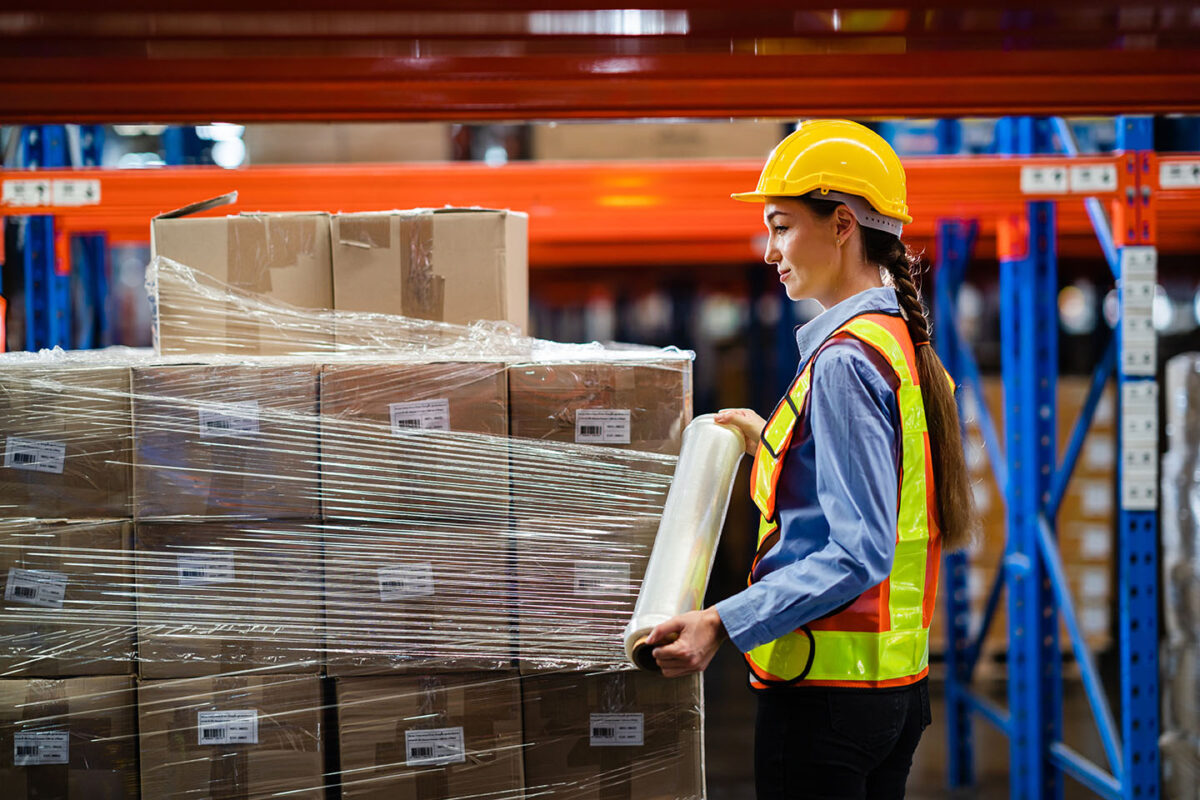Golden Design Rules: Reducing Virgin Plastic Use in B2B Operations

Minimizing the utilization of virgin plastic in business-to-business (B2B) plastic packaging represents a crucial stride toward tackling pollution. This strategy, advocated by The Consumer Goods Forum’s Golden Design Rules, has the potential to yield substantial environmental and economic advantages.
Business-to-business (B2B) packaging accounts for an estimated 7-10% of the total plastic packaging market. This segment is crucial for targeting waste reduction strategies. Recognizing this, the Consumer Goods Forum has established a series of Golden Design Rules. Several leading companies have committed to these principles, aiming to reduce plastic waste significantly. Notably, the scope of B2B plastic waste includes all packaging materials that do not directly reach consumers, representing a substantial portion of non-consumer plastic usage.
You can also read: Golden Design Rules: Enhancing PET Recycling Through Design
Here are some initiatives that businesses can undertake to achieve this goal:
Switch to Recycled Plastic
Use recycled plastic materials for packaging instead of virgin plastic. This reduces the demand for new plastic production and encourages the recycling industry.
Design for Recyclability
Design packaging with recyclability in mind. Choose materials that are easily recyclable and avoid complex multi-layer packaging that is difficult to recycle.
Reusable Packaging: Implement reusable packaging solutions where possible. This could involve using durable plastic containers or pallets that can be returned and reused multiple times.
Biodegradable Alternatives
Explore biodegradable packaging options made from materials such as PLA (polylactic acid) or PHA (polyhydroxyalkanoates) that break down naturally over time. Please consider the availability of composting facilities in your area to ensure that these compostable plastics can be properly processed.
Minimalist Packaging
Reduce the amount of packaging used by opting for minimalist designs and lightweight materials. This not only reduces plastic use in B2B but also lowers shipping costs and environmental impact.
Supply Chain Collaboration
Work closely with suppliers and partners to find innovative solutions for reducing plastic use throughout the supply chain. This could involve joint product development or sharing best practices for sustainable packaging.
Education and Awareness: Educate employees and stakeholders about the importance of reducing plastic waste and encourage behavior changes that support sustainable packaging practices.
Circular Economy Practices
Design packaging that can be easily recycled or reused to embrace circular economy principles. Also, implement take-back programs to recover and recycle packaging materials, embracing circular economy principles.
Collaboration with Customers: Work with B2B customers to develop packaging solutions that meet their needs while minimizing environmental impact. This could involve offering incentives for customers to return packaging for reuse or recycling.
